In the early 1900s, Romania was a land of vast, rural landscapes, where life moved at a slower pace, rooted in traditions passed down through generations. One of the most iconic symbols of village life during this time was the “bordei” a humble, partly underground home that provided comfort and shelter to generations of families. Built from clay, reeds, and straw, these homes were a testament to the resourcefulness and resilience of the Romanian people, offering warmth in the cold winter months and coolness in the hot summer sun.
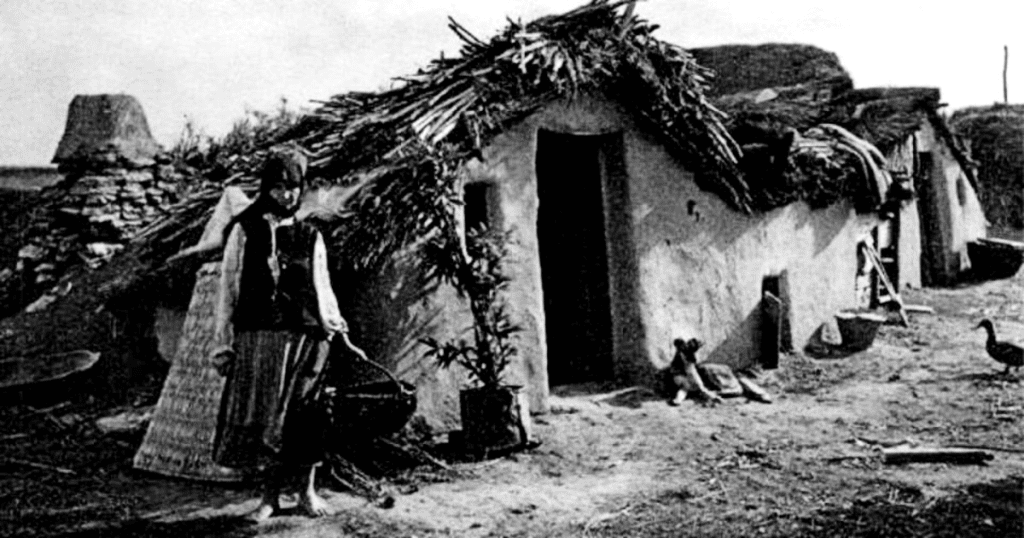
The Architecture of the Bordei: A Marvel of Simplicity and Efficiency
The design of the bordei was unique in its simplicity, yet it was incredibly effective for the rural environment of early 20th-century Romania. The homes were typically constructed by digging a small portion of the structure into the earth, which helped to regulate the interior temperature. This underground aspect provided natural insulation, keeping the interiors warm in winter and cool in summer—a clever way to adapt to the harsh climate without relying on modern technologies.
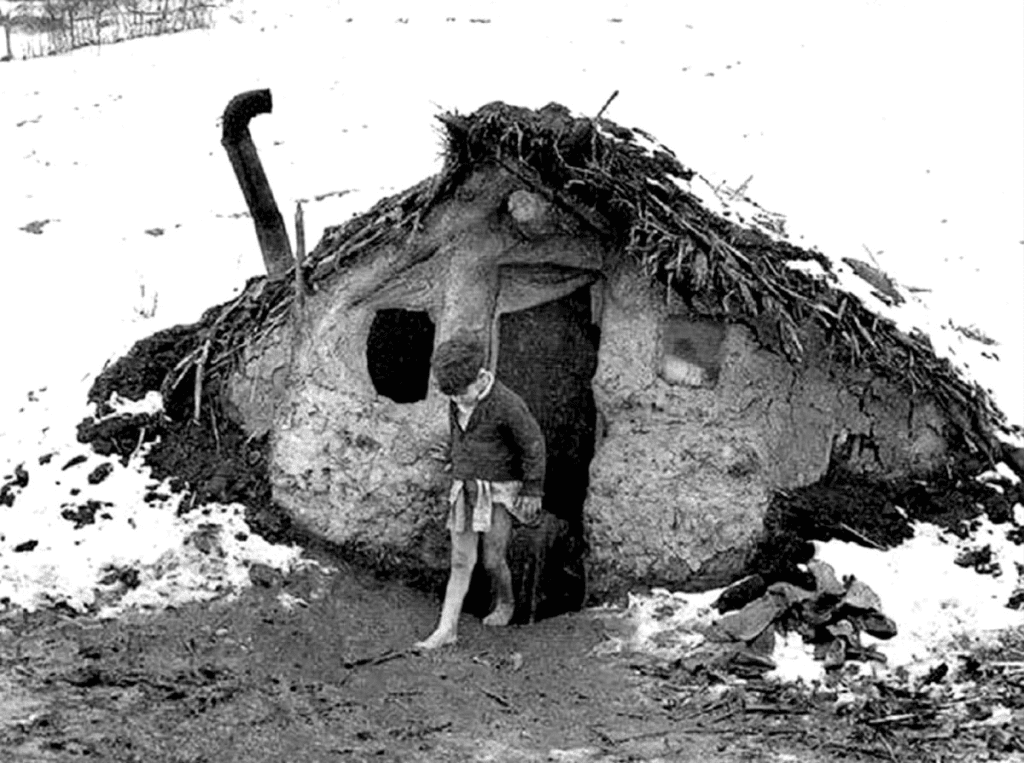
Clay was often the primary building material, sourced from the local environment. The walls of the bordei were crafted from a mixture of clay and straw, materials that were abundant and inexpensive. The straw provided structural support, while the clay offered insulation and protection from the elements. In some cases, reeds were used for the roof, adding an extra layer of thermal regulation.
The roof was a key feature of the bordei. Often thatched with reeds or straw, the roof was steeply pitched to prevent snow accumulation during the harsh winters. The materials used were natural, and they blended harmoniously with the surrounding environment, showcasing the deep connection between the people and the land.
Video:
I Built a Replica 19th Century WW1 BORDEI House!
A Symbol of Community and Resilience
Beyond its architectural significance, the bordei also symbolized the resilience and unity of rural Romanian life. Neighbors would often come together to build these homes, forming tight-knit communities that were built on mutual support and cooperation. The construction process itself was a communal event, where people from neighboring households would lend a hand, sharing skills and resources. This spirit of collaboration was vital in rural Romania, where isolation could be a challenge and every helping hand mattered.
The simplicity of the bordei also reflected the values of rural Romanian communities: humility, practicality, and a deep connection to the land. Life in these homes was not defined by luxury but by the necessity of survival and the strength of familial and social bonds. These homes were spaces where families could find solace and warmth, even as they faced the hardships of a rural existence without the conveniences of modern technology.
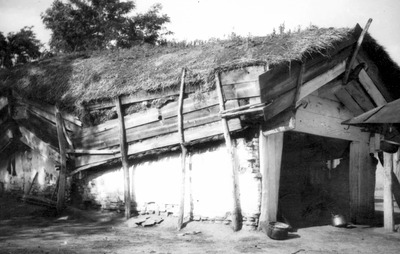
Life Inside the Bordei: A Cozy, Communal Space
Inside the bordei, the focus was on practicality and warmth. The interiors were typically sparse, with a focus on essential furniture and items that served the family’s daily needs. A single room often served multiple purposes: as a place for cooking, sleeping, and gathering. The hearth, made from clay or stone, was the center of the home, providing both warmth and a place for cooking. It was not uncommon for the whole family to sleep in the same room, huddled together to stay warm during the cold winter nights.
The interior walls of the bordei were often bare, but simple decorations might be added—handmade textiles, woven rugs, or wooden carvings that reflected the family’s heritage and personal style. The small size of the home meant that space was used wisely, with multifunctional furniture and a focus on comfort rather than luxury.
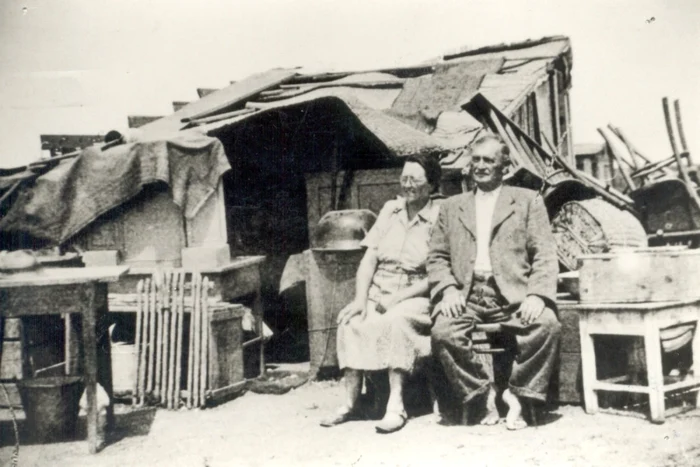
The Decline of the Bordei: A Changing Romania
As Romania entered the mid-20th century, the bordei began to fade from the landscape. Modernization and urbanization brought new building materials and techniques that made the construction of more conventional homes easier and more cost-effective. The advent of electricity, indoor plumbing, and modern heating systems further made the bordei less viable as an option for rural living. The older ways of life, including the communal construction of homes, began to dissipate as the country progressed into the modern era.
Video:
Bordei, Terra Vecchia, Palagnedra, Centovalli
Today, the bordei stands as a symbol of the past, a testament to the strength and simplicity of rural Romanian life in the early 1900s. Many have since been abandoned or fallen into disrepair, but some can still be found in the countryside, offering a glimpse into a way of life that has long since passed.
The Legacy of the Bordei: A Reflection of Rural Romanian Identity
While the bordei may no longer be a common sight in Romania, its legacy lives on in the memories of those who once lived in them and in the cultural history of the country. It serves as a reminder of the ingenuity and resilience of rural communities, who lived in harmony with the land and supported each other through the challenges of daily life.
In a world that is increasingly defined by technology and fast-paced living, the bordei offers a refreshing perspective on the value of simplicity and community. Its humble structure may have been born from necessity, but it remains a symbol of the strength that comes from unity, shared effort, and a deep connection to the earth.
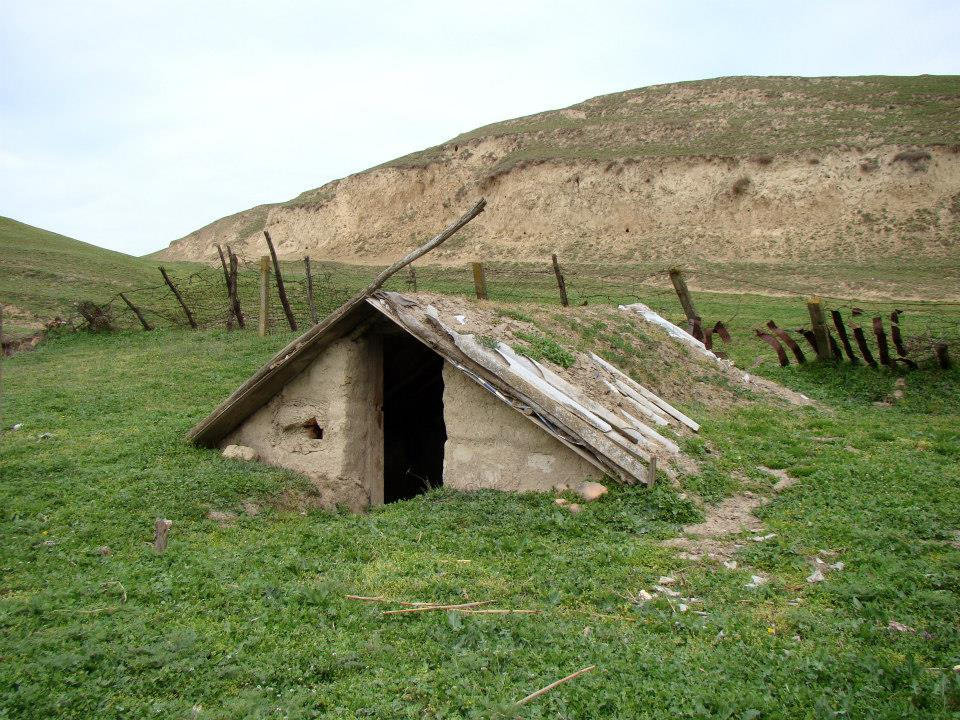
Conclusion: The Enduring Spirit of the Bordei
The bordei is more than just a home it’s a symbol of the enduring spirit of Romania’s rural communities. While these homes may no longer be a common sight on the Romanian landscape, they remain an important part of the country’s cultural history. The ingenuity, resilience, and sense of community that the bordei represents continue to influence the Romanian identity today. In a world of constant change, the bordei reminds us of the importance of simplicity, connection, and collaboration.


